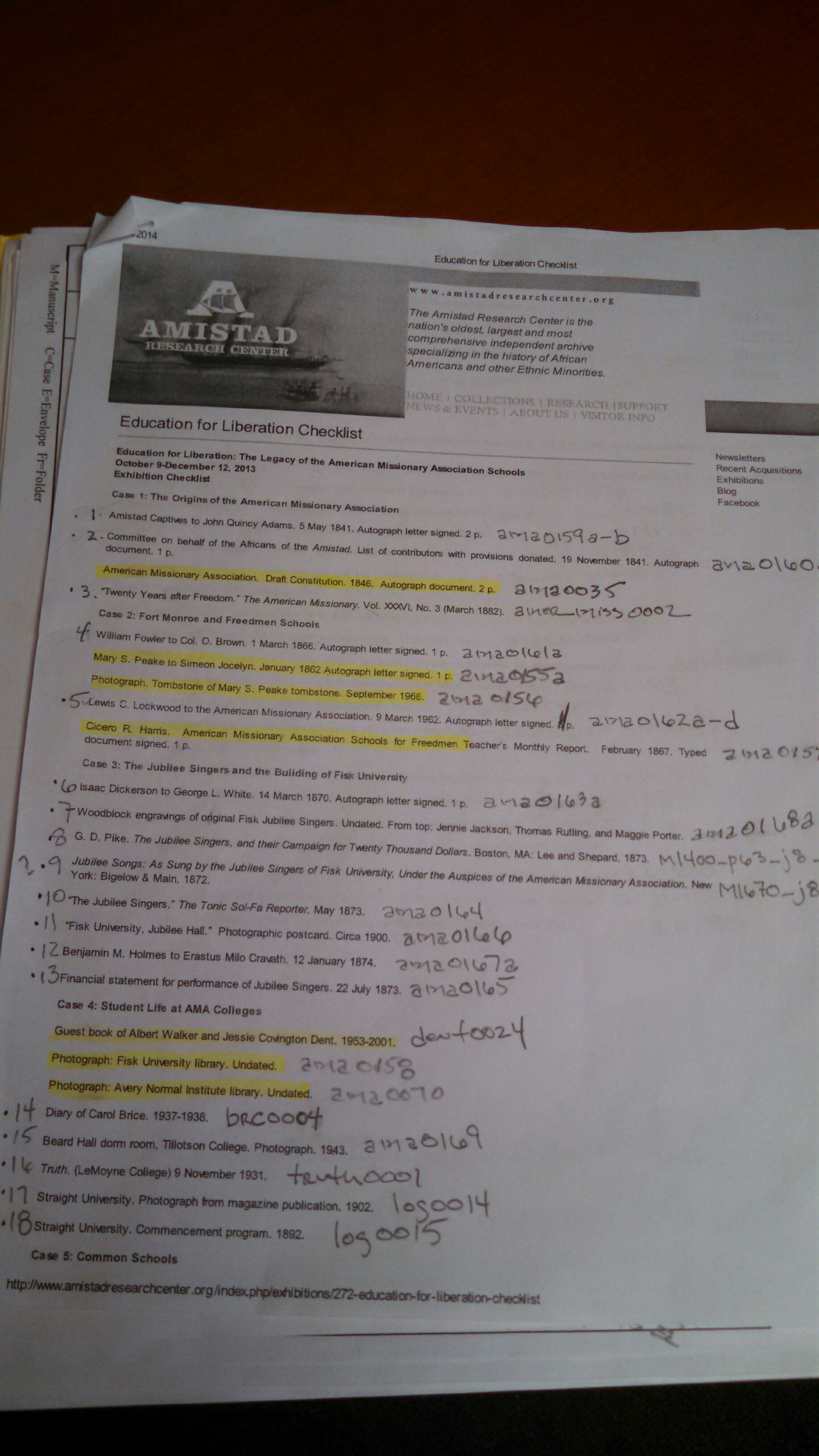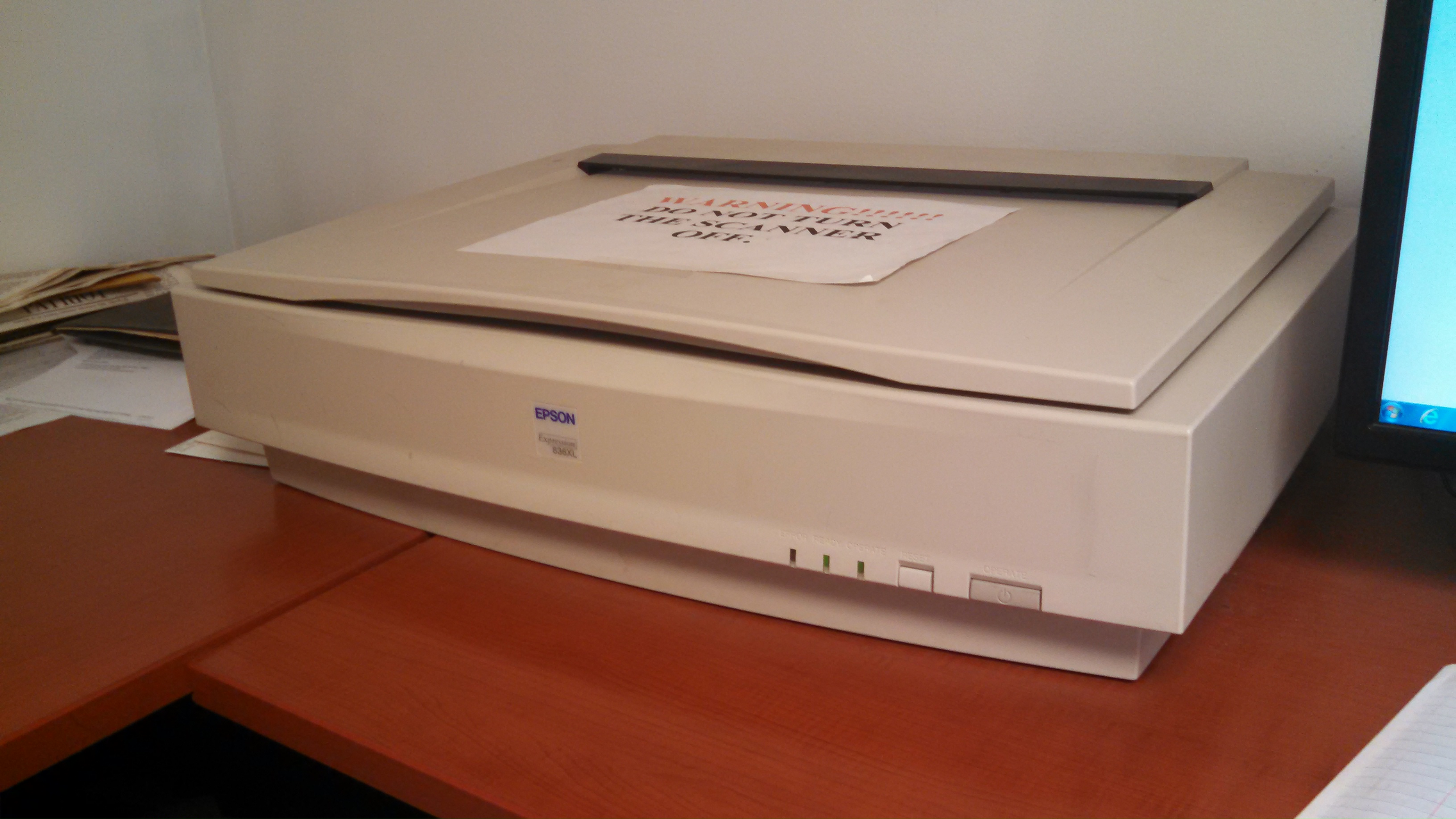As the midpoint of my summer internship approaches, I am thoroughly proud (and exhausted) of researching educators and missionaries in the Civil War and Reconstruction Era. After looking through hundreds of diary entries, legal documents, photographs, and letters, I must say that I feel like I have a more refined view of a significant event in United States history. Not only have I gained more information about prominent events during the Civil War, but I have learned about several cultural experiences that were previously unknown to me. One of my primary goals was to provide a different perspective feminine perspective of the Civil War. It turns out, it’s incredibly difficult. But, alas! I have found some wonderful examples of female empowerment through women in the Fisk University Jubliee Singers and female missionaries and educators in the Port Royal Experiment (to name a few). In addition to women, I aim to further explain race-relations through similar experiences. However, what I found was a more negative correlation between missionary groups and ethnic groups. A diary entry from an African-American student in an American Missionary Association College stated that she was expelled due to having a Caucasian partner. At first, this seemed completely absurd and peculiar for an institution that prided itself on the preservation and longevity of African-American culture. Unfortunately, several other diary entries confirmed that this was, indeed, a reason to be expelled from school. Bizarre, eh?
Aside from the darker side of research, I have learned an immense amount of information about daily life during the Civil War. Instead of looking at battlefields and war reenactments, I’ve been looking through high school newspapers, diary entries, and photographs for most of my information. I’m document all of my research and findings in a composition book that is sadly almost out of paper. While it is a good indicator of how much I’ve been learning, I believe that the best sense of my accomplishments in how I’ve been helping my supervisor, Chris Harter, gather and document information for Amistad’s digital archive on the American Missionary Association such as the American Missionary Association Timeline.

By far, one of my most proud accomplishments is research in the digital archives with photography. While adding photos to Amistad’s library via scanner, I’ve come across a really interesting online exhibition from another research center. The Civil War trust has an online exhibit that uses stereoscopes – a nineteenth century photography technique of looking at two photographs at the same time (aka 1800s 3D imagery) – to recreate photographs from the Civil War to be seen as they were intended to be. In order to view this collection, I had to order a pair of anaglyph glasses to view the photos. Not only was it amazing to see 19th century photographs in 3D, but it was fascinating to think that such technology was created hundreds of years before it was highly popular. Because the American Civil War was the first major conflict to be extensively photographed, there is a TON of memorabilia about it.

While the 3D photography was an incredible bonus to researching Civil War photography. But the real focus was on Amistad’s extensive collection of photographs from the Reconstruction Era. From photographs of science classes to family portraits, Amistad’s collection gave a different perspective on life outside of the Civil War battlefield and the events during the Reconstruction era. A sample of the collection can be found here: Amistad Photography Collection
My short amount of time at the Amistad Research Center thus far has really enlightened me to a potential career after college. Despite only working on one project, I have experienced may different aspects of working in archives such as cleaning/maintaining documents, organizing collections, and using databases to add research to online exhibitions. Despite sitting in an office by myself with little to no interaction, I feel extremely fulfilled and entertained through the constant flow of information and research. Even though a still feel nervous when dealing with two hundred year old documents, I feel confident in my learning experiences and daily work. The faint hum of the scanner and smell of old parchment are quite comforting, and I look forward to every single day at the center.
